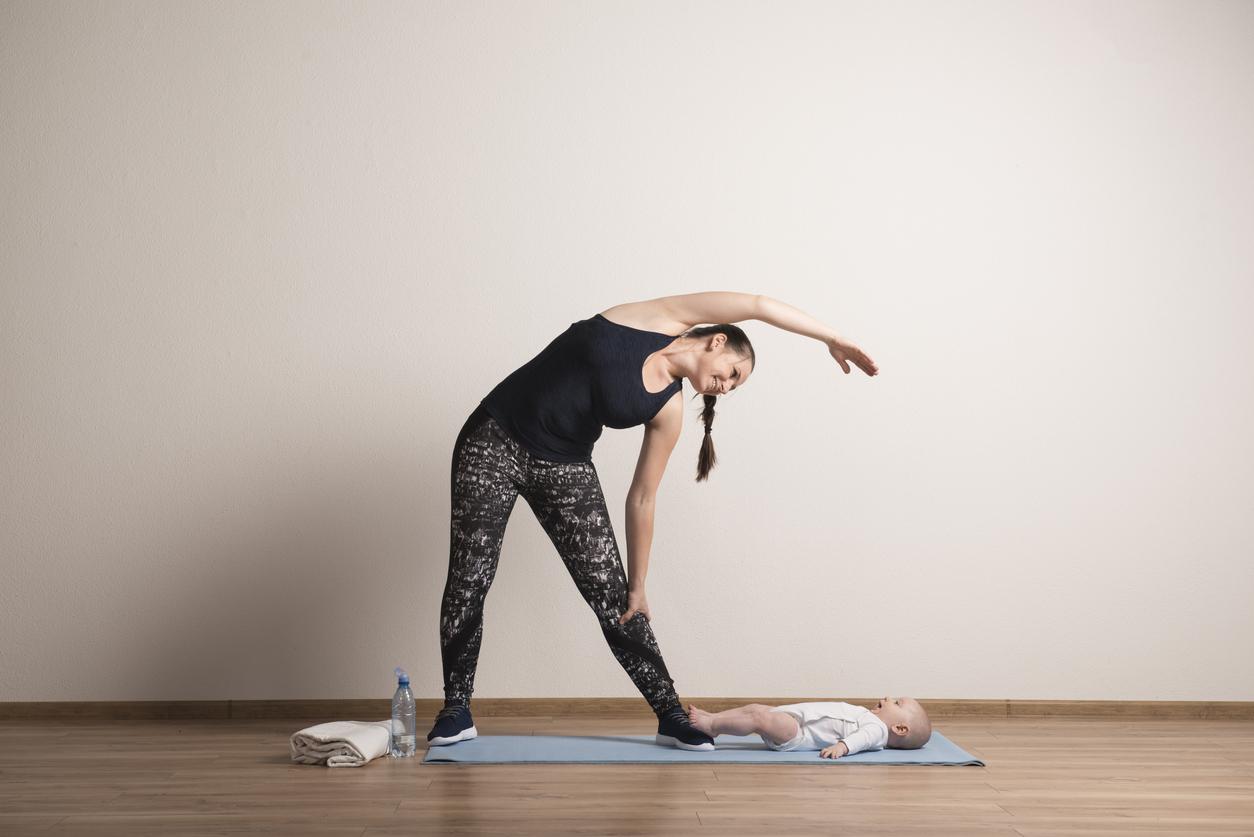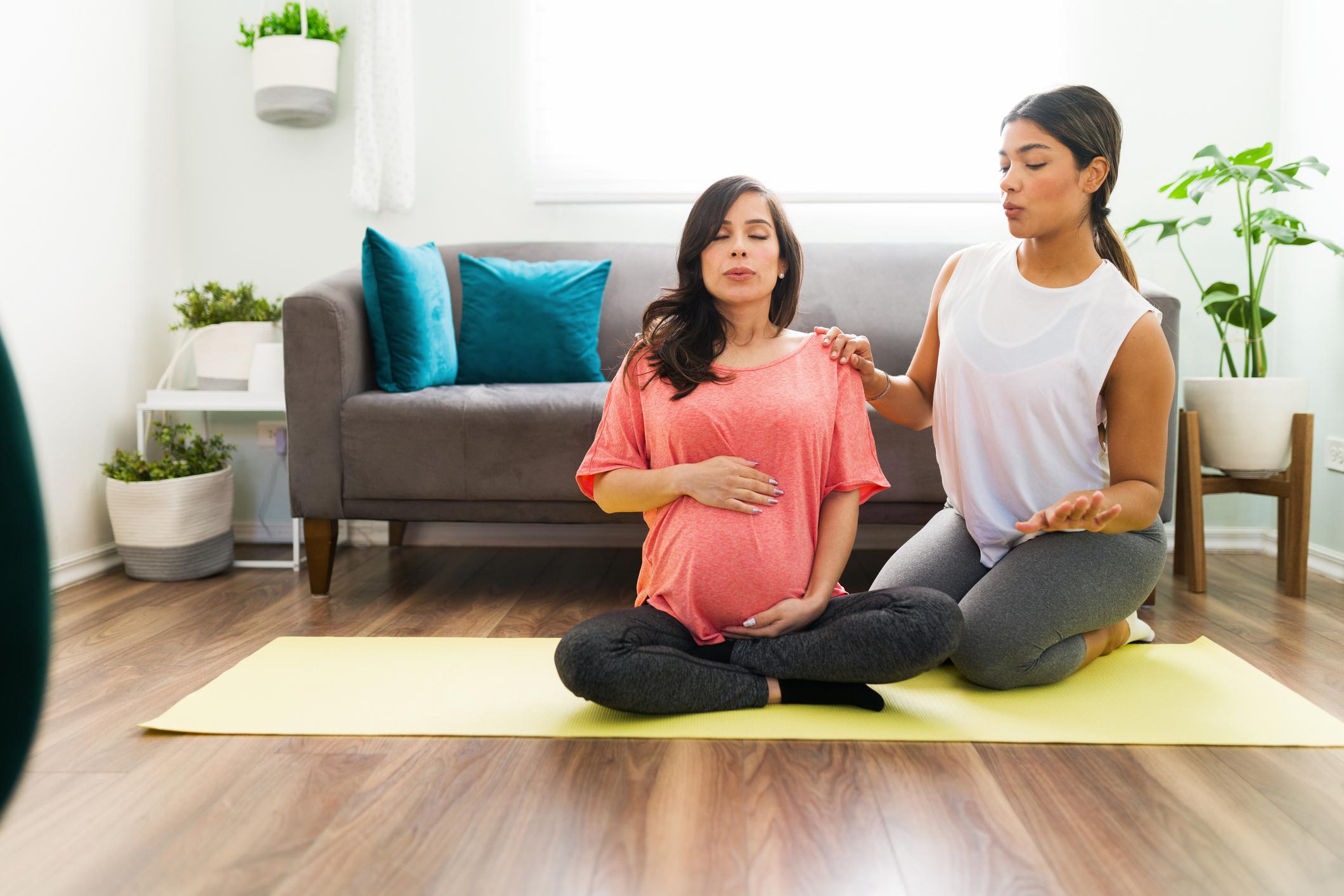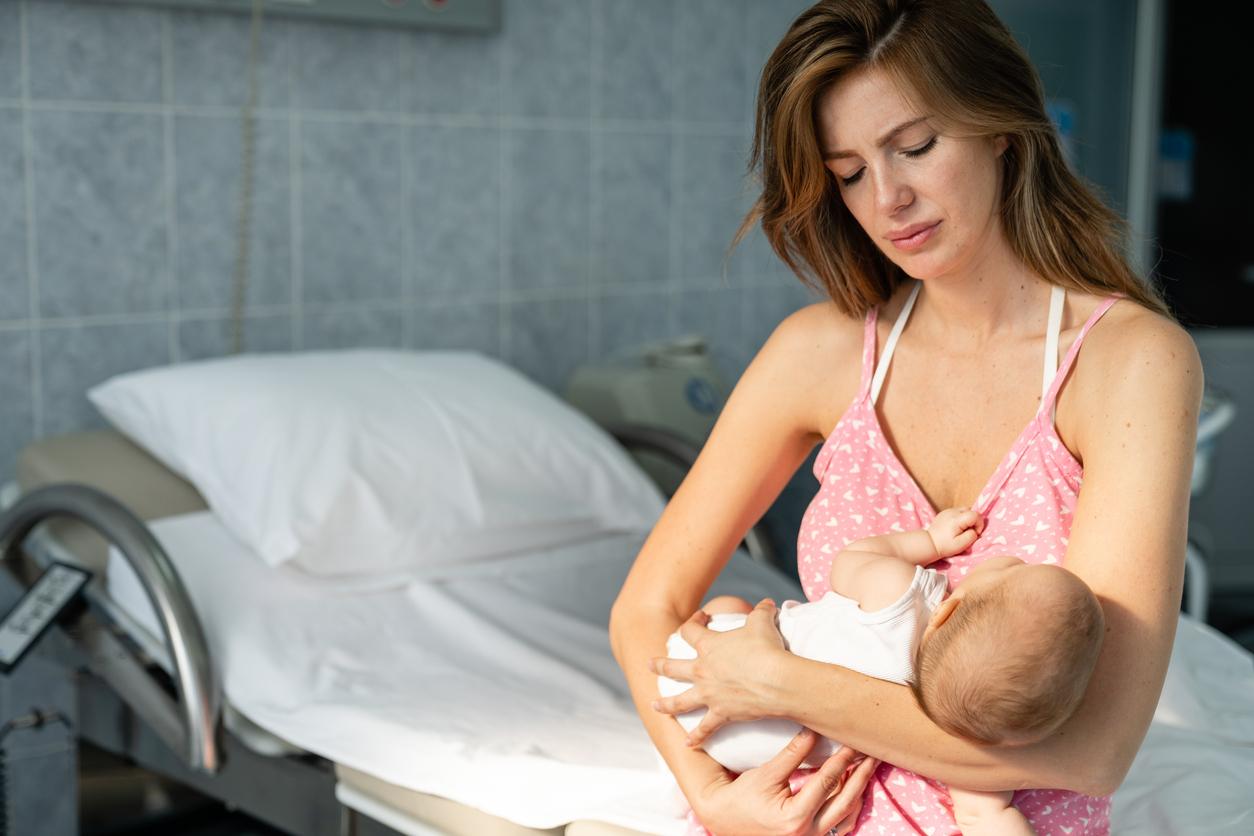When developing a birth plan, the mother-to-be can specify the position in which give birth : on the side, squatting or even kneeling … “For more than 30 years, the norm was to give birth on the back, under epidural and practice episiotomy“, notes Marlène Barlier, liberal midwife in Vanves (92). Today, we are moving out of this model, and we are returning to more natural things, where the woman will try to go as far as possible possible without epidural for example “. According to her, women today want to “take back power” when they give birth.
This trend is illustrated, for example, by the opening of “nature” rooms in hospitals, equipped among other things with bathtub and round bed or two places, in order to give birth “like at home” in a less medicalized space. but supervised by health professionals. However, depending on the health of the mother and the unborn baby, this type of childbirth may not be suitable for everyone. Ideally, it is obviously a question of respecting the plan of the birth of the mother-to-be, while proposing alternatives so that the woman and the baby remain safe. Because it is the first criterion, the most important.
“You always have to ask them in what positions they want to give birth, let them choose, experiment, and especially give them time,” insists the midwife. “Women are the driving force behind these changes, they are the ones who can make things happen and push healthcare staff to review their practices and adapt them”.
On the back, the classic position
“The positions for giving birth in the maternity ward are very limited, because the staff is not always well trained in all those that exist. It is therefore the classic position that is the most learned and therefore practiced”, explains the midwife. . It consists of placing the woman on her back, her legs in stirrups and her head folded over her chest. The advantage is that in this position, if there is fetal distress or the need foruse forceps or a suction cup, the doctor can intervene immediately.
“Problem, all the weight of the body is on the perineum, there is a lot of tension, which can cause damage later”. Likewise, the vena cava, which carries blood to the heart, tends to be crushed, causing poor oxygenation of the mother, which can end up close to discomfort. Marlène Barlier explains, however, that this position can be adapted to better suit during work. “You have to place the leggings higher, the knees making an angle of less than 90 degrees against the chest, the backrest less raised so as not to be folded in half. The woman must then grab the back of the bed, for example, to be able to stretch out at full length, without putting your head against your chest “.
Read also :
Childbirth: the most common medical procedures near you
On the side, what advantages!
Then there is the side-lying position, where the lower leg is extended and the upper one is lifted (the knee should be lower than the hip). “The advantage is that the pool opens as much as possible. There is much less pressure on the perineum and on the vena cava. In this position, there is no episiotomy and there is hardly any intervention, “explains the midwife. According to her, giving birth on the side is much better than in the classic position.” In most cases. , the woman instinctively puts herself on the side, it is a natural position. If there is a problem, it will be immediately put back on the back to allow the operation, it is very practical “.
Read also :
Pregnant women should sleep on their side
Kneeling, the pushing capacity is increased tenfold
In the kneeling position, or on all fours, the head is generally lower than the pelvis and the arms are often extended. “There is no pressure on the perineum in this position, and the latter is totally relaxed. It also allows you to be very stretched at the level of the back and to have a very strong pushing capacity.” Marlène Barlier explains that this position is possible with an epidural, but it must be well dosed so that the woman can still feel her legs.
WHO recommendations for making childbirth a positive experience
Squatting, the pelvis is open and the descent is facilitated
“For this position, the hospital must be equipped, because the ideal is to be suspended”, specifies the midwife. “You therefore need either hanging material, or adapting the delivery bed by hanging on to a sheet, or using the daddy to hang yourself”. In this position, it is very difficult to contract the perineum, and the pelvis is naturally more open. “In addition, the baby and the uterus are placed well above the pelvis, so it can descend naturally”.
As a variant of this position, there are birthing chairs that allow the sitting position. The knees are then lower than in a squatting position, but the support of the chair is more restful for the mother-to-be.
Read also :
4 tips for giving birth without stressing with sophrology
Standing, ideal for starting work
“The women are in a standing position throughout the start of labor. The baby is often still high in the tummy, and spontaneously, they will often go and stretch, with their tummy in a vacuum, during the contraction.” Being able to walk and move also allows for better pain management.
It is generally practiced during the first half of childbirth, as a working position because in a woman who was standing, without an epidural, will necessarily find on her own a position where she can open her pelvis to give birth. “To stand up is obviously not feasible under epidural because one does not feel its legs”, specifies Marlène Barlier.
Read also :
In China, luxury centers to rest after childbirth
What about childbirth in water?
It has been proven that immersion in hot water allows a woman to relax and better manage pain. First, there is the dilation bath: the woman will be out when labor begins. Then there is the birthing tub which has the particularity of emptying in 3 seconds, and having a door to take the mother-to-be out in an emergency. “The delivery then takes place without an epidural and the woman can put herself in the position she wishes”, explains the midwife.
Read also :
Childbirth: hot showers and balloons to reduce pain
















